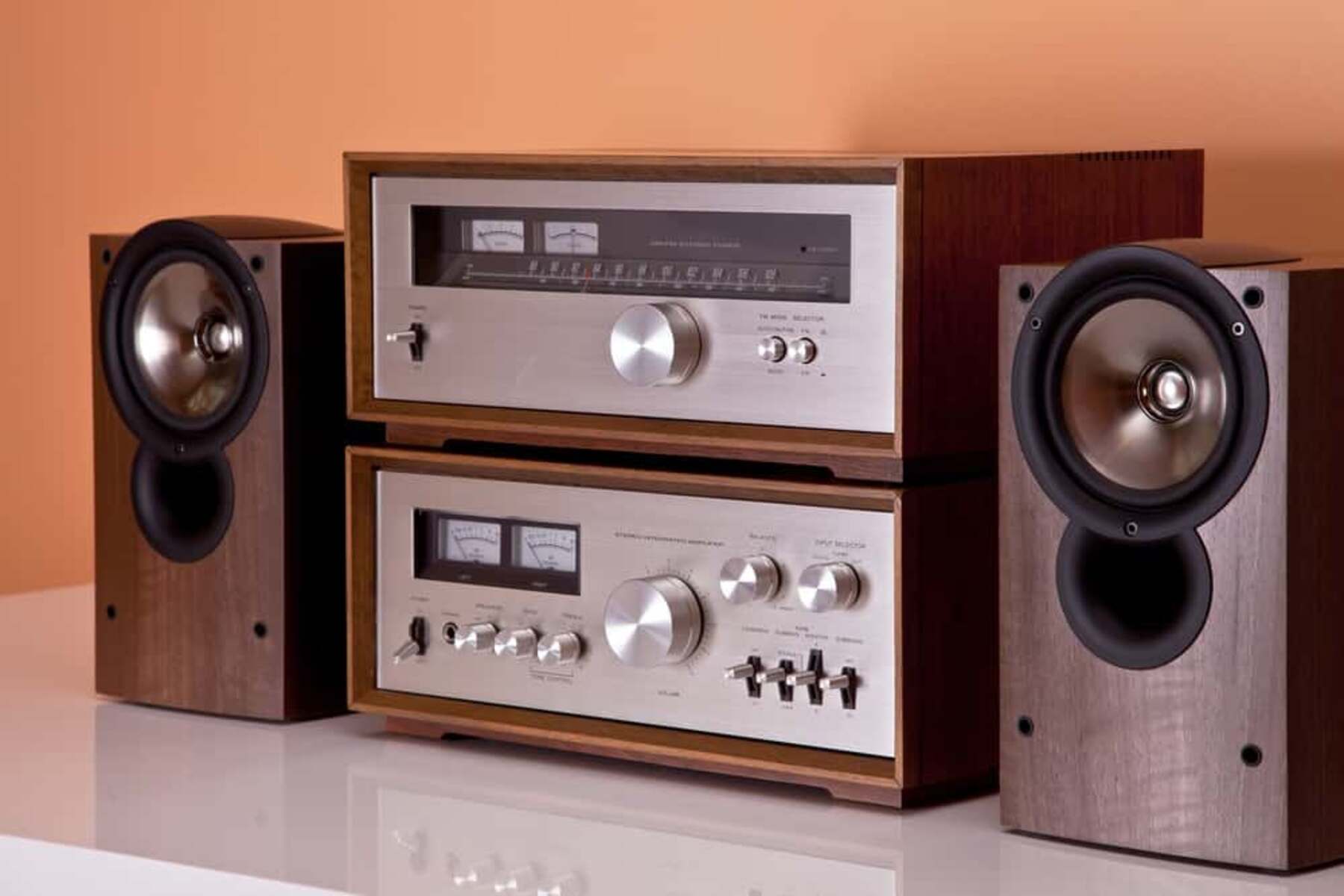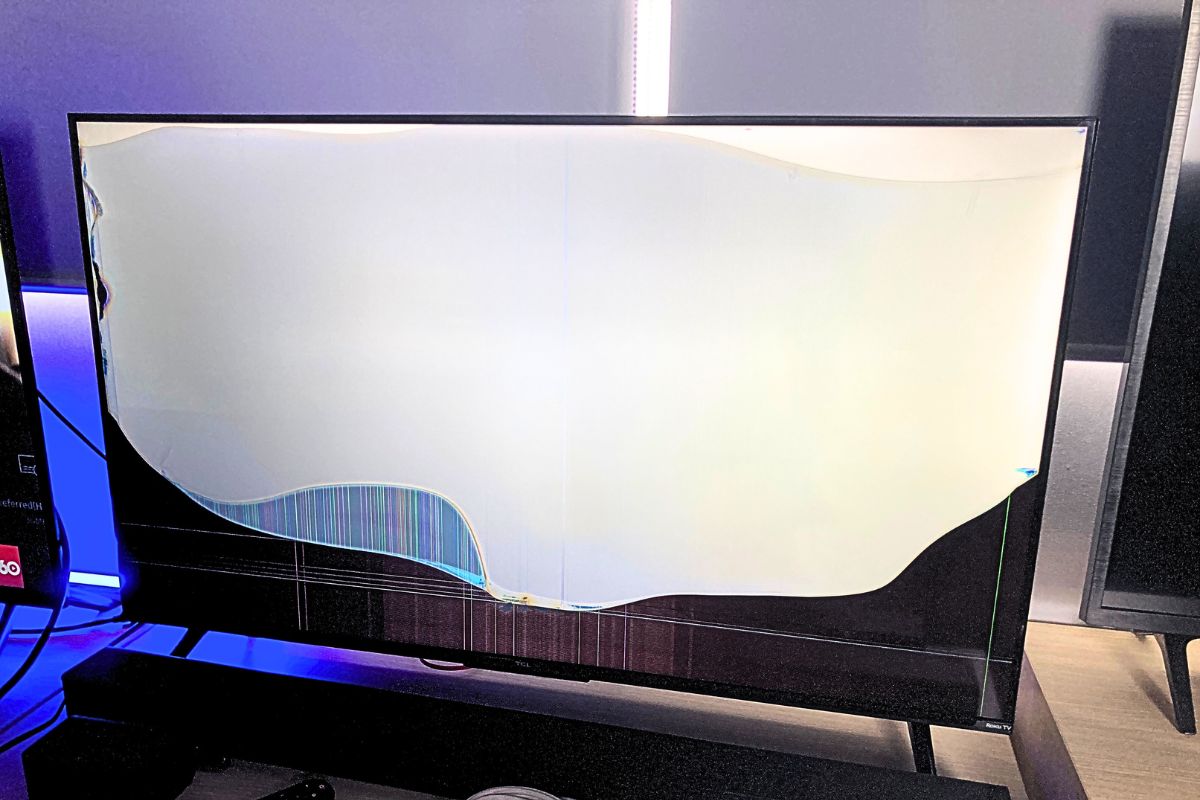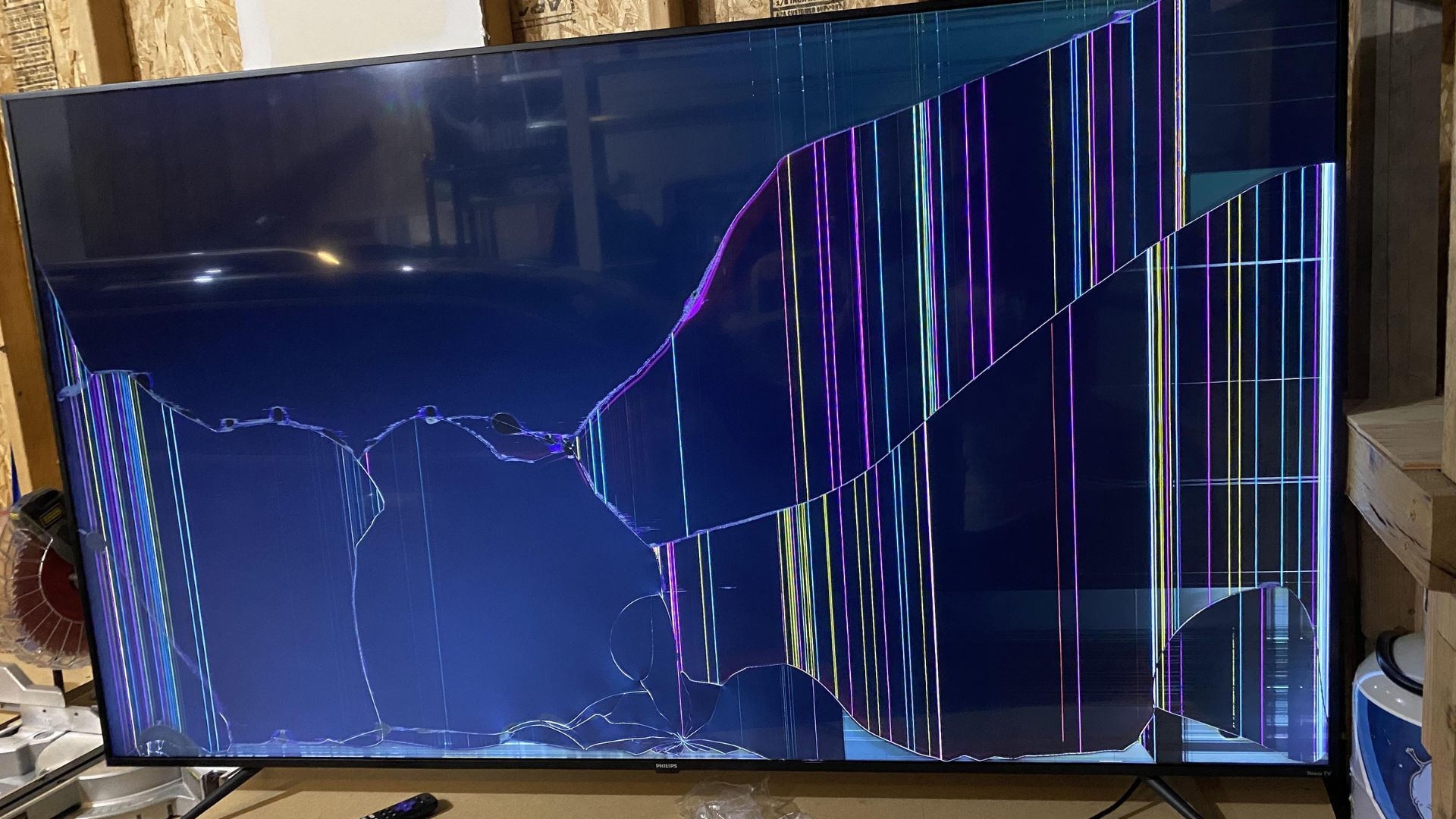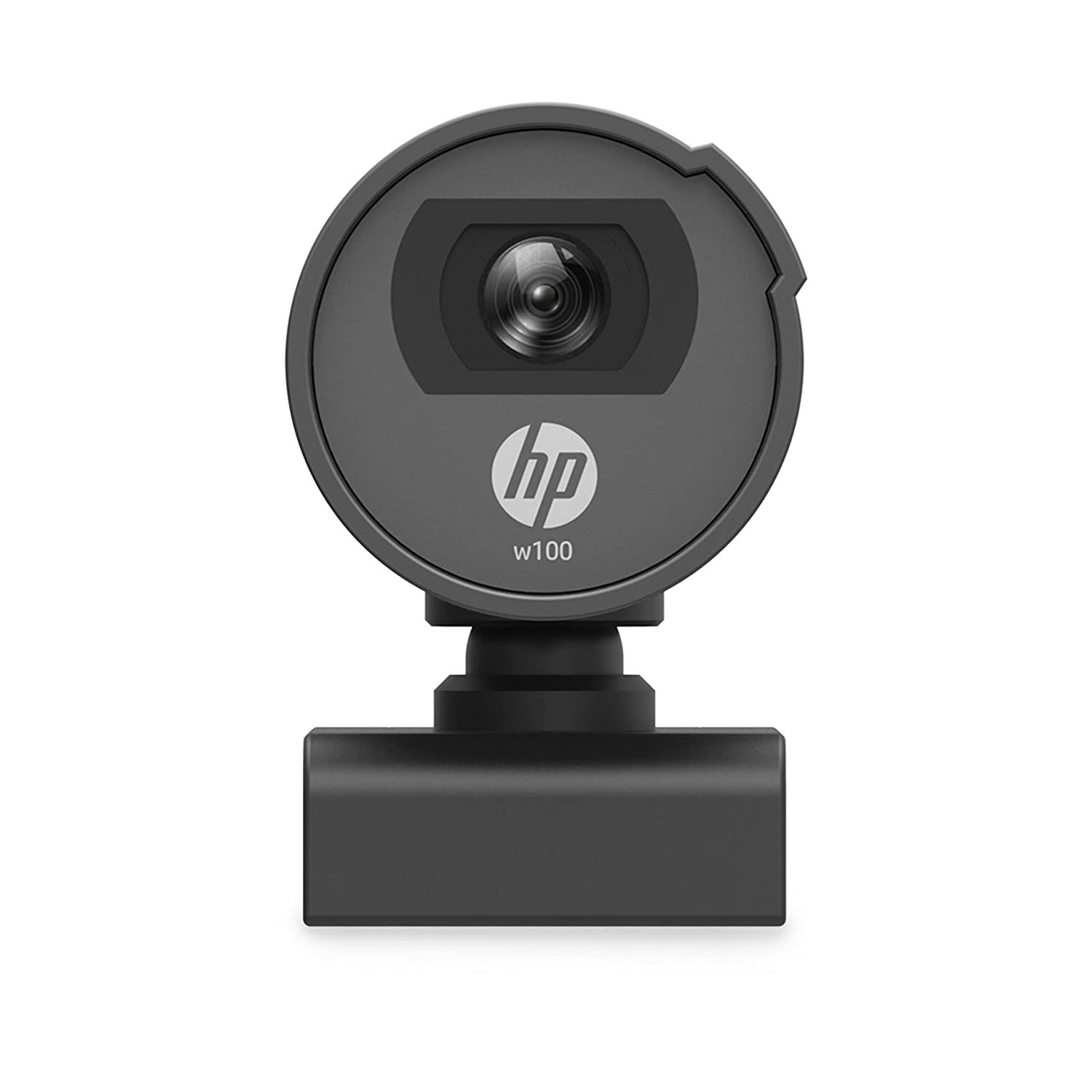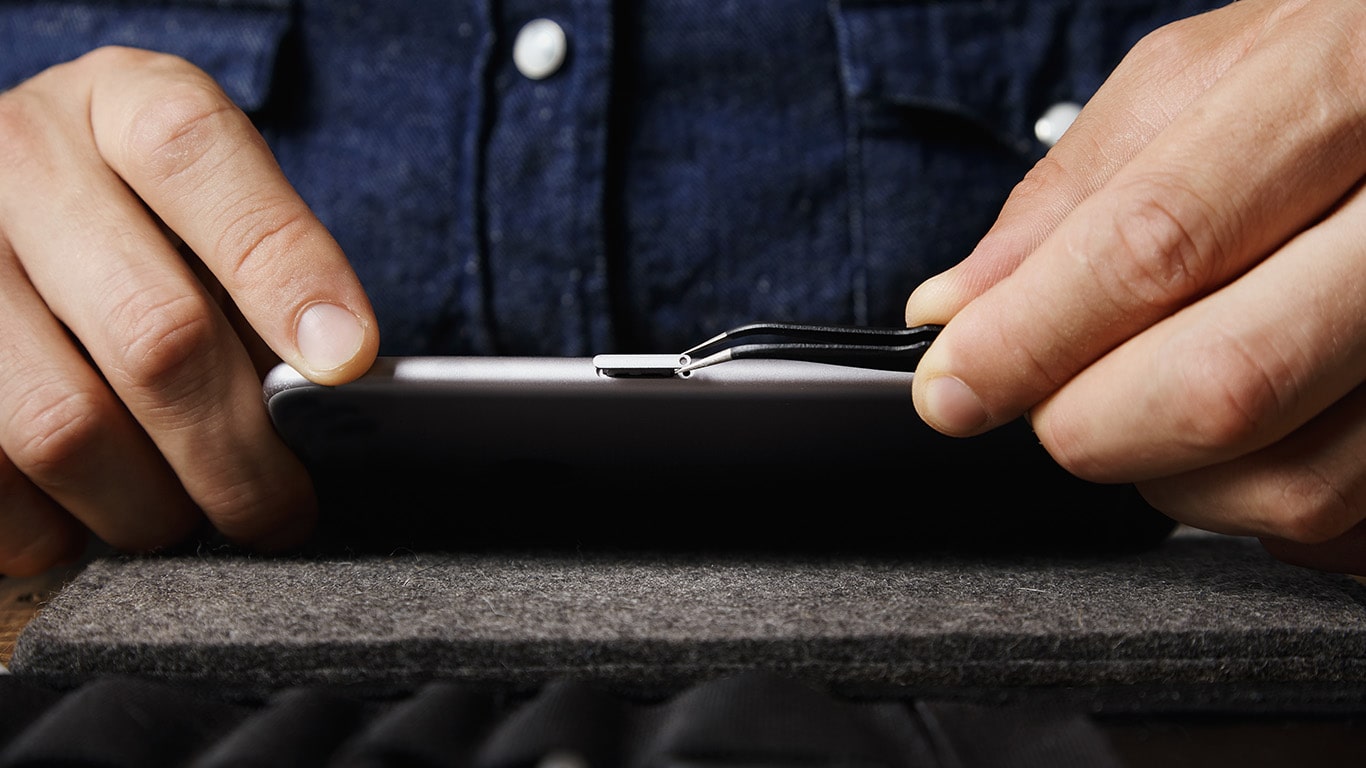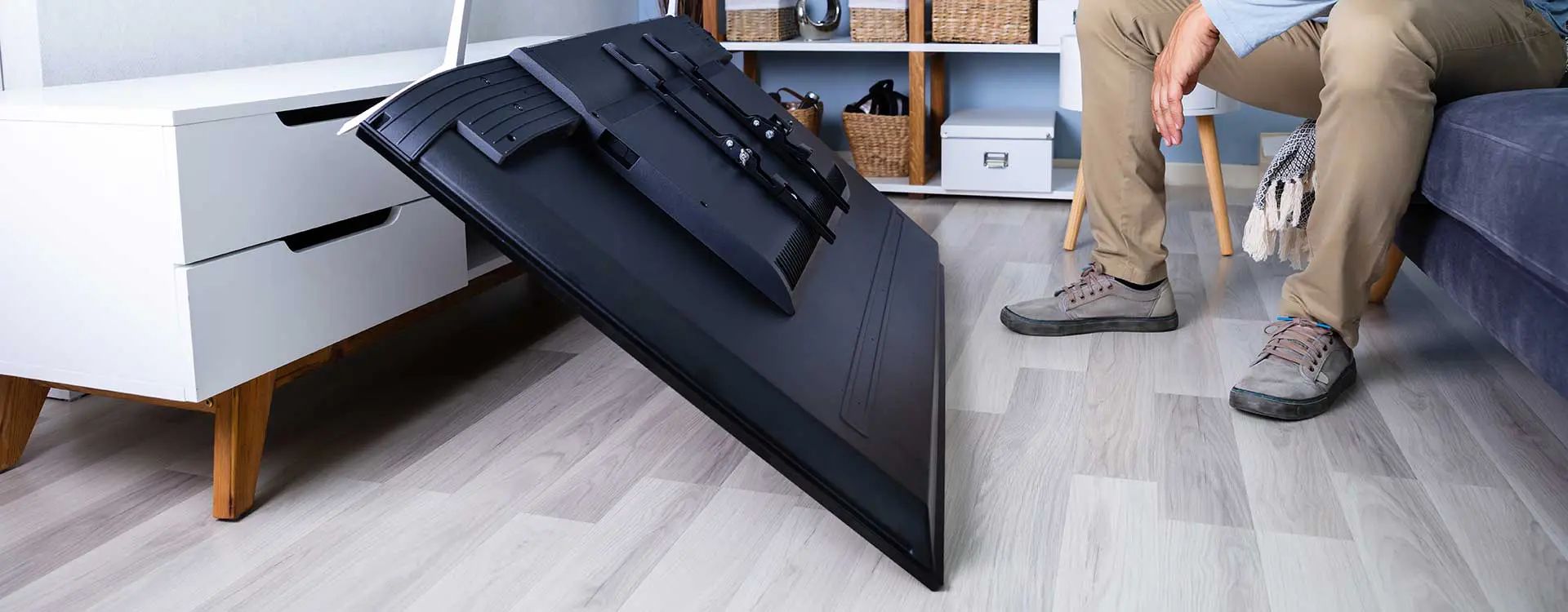Introduction
So, you just discovered that your beloved surround sound system is broken. It may be disappointing, but don’t despair – there are eco-friendly ways to dispose of it. Rather than tossing it in the trash and contributing to the growing e-waste problem, recycling your broken surround sound system is a responsible and sustainable choice.
Recycling electronics not only helps protect the environment but also promotes the recovery of valuable materials that can be used in the production of new devices. But before you embark on the recycling journey, there are a few steps to take and options to consider.
In this article, we’ll guide you through the process of recycling a broken surround sound system. We’ll provide you with various recycling options, including donating to a repair shop, selling or trading-in for parts, and even a do-it-yourself recycling method. By the end, you’ll have a clear understanding of how to responsibly dispose of your broken surround sound system while minimizing its impact on the environment.
Assessing the Damage
Before determining the best recycling option for your broken surround sound system, the first step is to assess the extent of the damage. Take a closer look at the system and identify the specific issues it has. Is it a minor problem that can be easily fixed, or is it beyond repair?
If it’s a simple issue like a loose cable connection or a blown fuse, you may be able to troubleshoot and fix it yourself. Many manufacturers provide online resources, such as troubleshooting guides or user forums, which can help you diagnose and resolve common problems with your surround sound system.
However, if the damage is more severe, such as a malfunctioning amplifier, damaged speakers, or a broken circuit board, it may be necessary to consider recycling options instead. Continuing to use a broken system not only leads to a poor audio experience but can also pose risks like electric shocks or further damage to other components.
It’s important to keep in mind that attempting to fix complex issues without proper knowledge or skills can sometimes do more harm than good. If you’re not comfortable with repairing the system yourself or if you lack the necessary expertise, it’s best to explore recycling alternatives that will ensure the responsible disposal of your broken surround sound system.
Recycling Options
When it comes to recycling a broken surround sound system, there are several options to consider. Each option has its own benefits and considerations, so let’s explore them one by one.
Option 1: Electronics Recycling Center: One of the most straightforward ways to recycle your broken surround sound system is to take it to an electronics recycling center. These centers specialize in processing electronic waste and ensuring proper disposal of the components. They have the necessary expertise and equipment to handle different types of electronics, including audio equipment. By recycling your system at an authorized center, you can be confident that it will be recycled safely and in compliance with environmental regulations.
Option 2: Donating to a Repair Shop or Technician: If your surround sound system is repairable, but you no longer wish to use it or have it replaced, consider donating it to a repair shop or a technician. Many repair shops or technicians accept broken electronics as they can salvage and utilize components for repairing other devices. This option allows you to give your broken system a chance at a second life while supporting local businesses and reducing waste.
Option 3: Selling or Trading-In for Parts: Another environmentally friendly option is to sell your broken surround sound system or trade it in for parts. Some online platforms or local retailers have programs that accept broken electronics for refurbishing or recycling purposes. By selling or trading-in your system, you can recover some value and contribute to the circular economy by allowing the components to be reused or recycled.
Option 4: DIY Recycling Methods: If you’re a DIY enthusiast and want to take matters into your own hands, there are DIY recycling methods you can explore. This involves disassembling the surround sound system, sorting the components, and recycling them individually. However, be aware that this option requires technical knowledge, time, and access to recycling facilities for proper disposal of non-recyclable parts. This method can be rewarding if you enjoy working with electronics and want to have full control over the recycling process.
Consider the pros and cons of each recycling option, and choose the one that aligns with your preferences, technical skills, and resources. Regardless of the option you choose, recycling your broken surround sound system is a responsible choice that benefits the environment by reducing e-waste and conserving valuable resources.
Option 1: Electronics Recycling Center
One of the most convenient and reliable options for recycling your broken surround sound system is to take it to an electronics recycling center. These centers specialize in processing electronic waste and provide a safe and responsible way to dispose of your system.
Electronics recycling centers are equipped with the necessary expertise and equipment to handle various types of electronics, including audio equipment like surround sound systems. They have the knowledge to properly dismantle the components and separate them into different material categories such as metals, plastics, and circuit boards.
When you bring your broken surround sound system to an electronics recycling center, they will assess its condition and determine the best course of action. If any salvageable components can be refurbished or repaired, they may be able to give them a second life. Otherwise, they will ensure that non-recyclable parts are disposed of appropriately, minimizing their impact on the environment.
Recycling centers often work closely with recycling facilities and specialized downstream processors, ensuring that the different components of your surround sound system are recycled in the most effective and environmentally friendly way possible. Materials like metals and precious metals can be extracted from circuit boards, while plastics can be recycled into new products.
It’s important to note that not all recycling centers accept electronic waste, so it’s essential to find a reputable and authorized center in your area. Local government websites or environmental organizations can provide information on nearby electronics recycling centers that comply with strict environmental regulations.
By choosing to recycle your broken surround sound system at an electronics recycling center, you can have peace of mind knowing that you’re minimizing the environmental impact of e-waste while contributing to the responsible handling and recovery of valuable materials.
Option 2: Donating to a Repair Shop or Technician
If your broken surround sound system is still repairable and you no longer have a use for it, another eco-friendly option is to donate it to a local repair shop or technician. Many repair shops or individual technicians are often in need of spare parts to repair other electronic devices.
By donating your broken system, you not only prevent it from ending up in a landfill but also contribute to the circular economy by giving new life to the components. Repair shops and technicians can salvage functional parts from your surround sound system and utilize them in repairing other similar devices, helping to reduce electronic waste.
Before donating your system, research local repair shops or individual technicians who may be interested in accepting broken electronics. Contact them to inquire about their acceptance policy and if they have a need for the specific components in your system.
In some cases, repair shops may offer a trade-in option where you can exchange your broken system for a discount on repairs or a refurbished device. This can be a win-win situation as you get value for your broken system and the repair shop gets the necessary spare parts.
Keep in mind that when donating to a repair shop or technician, it’s important to be transparent about the condition of your system. Describe the issues it has and any potential repairs or parts that may still be salvageable. This will help them assess the compatibility with their repair projects and ensure that they can make the best use of the components.
Donating your broken surround sound system to a repair shop or technician not only supports local businesses but also extends the lifespan of the components, reducing the overall demand for brand new electronic devices. It’s a sustainable way to dispose of your system and contribute to a more circular and environmentally friendly economy.
Option 3: Selling or Trading-In for Parts
If your broken surround sound system is beyond repair or you simply don’t want to invest in fixing it, selling or trading it in for parts can be a viable and eco-friendly option. Several online platforms and local retailers offer programs that accept broken electronics for refurbishing or recycling purposes.
By selling or trading in your broken system, you give it a chance at a new life by allowing the components to be reused or recycled. This reduces the demand for newly manufactured electronic devices and helps conserve valuable resources.
Before selling or trading in your system, assess its condition and determine the salvageable parts. Components like speakers, power cords, connectors, or even internal circuitry may still have value for DIY enthusiasts, repair technicians, or individuals looking for spare parts.
Research online platforms specializing in the sale of used or broken electronics, as well as local retailers that may have trade-in programs. Make sure to provide detailed information about the broken system and the specific components that can be reused or repurposed.
When selling or trading in, be realistic about the price you can expect. Broken electronics typically fetch lower prices compared to fully functional ones. However, even a small amount of money earned from the sale can be a bonus while contributing to the recycling and reuse efforts.
Trading in your broken surround sound system at a local retailer can also be advantageous. Some retailers offer discounts or store credits in exchange for broken electronics, which you can apply towards the purchase of a new or refurbished device. This option not only helps dispose of your broken system responsibly but also allows you to save money on a replacement or an upgrade.
By choosing to sell or trade in your broken surround sound system, you actively participate in the circular economy and support the reuse and recycling of electronic components. It’s a practical and environmentally friendly option that benefits both you and the planet.
Option 4: DIY Recycling Methods
If you’re a hands-on DIY enthusiast and want to take control of the recycling process for your broken surround sound system, you can explore do-it-yourself recycling methods. This option allows you to disassemble the system, sort the components, and recycle them individually.
Before diving into the DIY recycling process, it’s important to note that this method requires technical knowledge, proper tools, and access to recycling facilities. Additionally, some components of your surround sound system may not be recyclable or may require special handling due to hazardous materials.
Here’s a step-by-step guide to DIY recycling of your broken surround sound system:
- Step 1: Disassembling the Surround Sound System: Start by carefully dismantling the system. Refer to the manufacturer’s documentation or online resources for guidance on how to disassemble it safely.
- Step 2: Sorting the Components: Sort the components into different categories such as speakers, wires, circuit boards, and casings. This will make the recycling process more organized and efficient.
- Step 3: Properly Dispose of Non-Recyclable Parts: Some components may not be recyclable, such as certain types of plastic or non-reusable cables. Dispose of them properly according to local waste disposal regulations.
- Step 4: Recycling the Components: For recyclable components, research local recycling facilities that accept electronic waste. Check if they have specific requirements for drop-off or collection and ensure that they follow environmentally responsible recycling practices.
During the recycling process, it’s essential to handle components with care, especially when dealing with circuit boards or potentially hazardous materials. Wear appropriate protective gear and follow safety guidelines to minimize any potential risks.
By engaging in DIY recycling, you have direct control over the process and can ensure that the components of your broken surround sound system are properly recycled. It’s a rewarding way to contribute to the reduction of e-waste, save valuable resources, and satisfy your DIY spirit.
Step 1: Disassembling the Surround Sound System
The first step in the DIY recycling process for your broken surround sound system is to disassemble it carefully. This allows you to access the individual components and separate them for recycling or proper disposal.
Before you begin, it’s important to ensure your safety by following these precautions:
- Disconnect the system from any power source to avoid the risk of electric shock.
- Refer to the manufacturer’s documentation or online resources for disassembly instructions specific to your surround sound system.
- Make sure you have the necessary tools for disassembly, such as screwdrivers, pliers, and possibly a soldering iron.
- Work in a clean, well-lit area to prevent damage to the components and to keep track of small parts.
As you disassemble the system, be mindful of the different components and their connections. Take notes or photos if necessary, to assist with reassembly if required. It’s important to be patient and gentle during this process to avoid causing any additional damage to the components.
Start by removing the outer casing of the surround sound system, which is typically held together by screws or clips. Carefully unscrew or unfasten each one, keeping track of their locations for reassembly later.
Once you have removed the outer casing, you can access the internal components of the system. This may include speakers, amplifiers, circuit boards, power supplies, and wiring. Carefully disconnect any wires or connectors and set them aside.
When disassembling the speakers, take note of any visible damage or wear. Salvageable speakers can potentially be used for other projects or offered to repair enthusiasts.
Remember to handle circuit boards with care as they may contain delicate and valuable electronic components. Avoid touching the sensitive areas or exposing them to static electricity to prevent further damage.
Throughout the disassembly process, keep track of the various components and store them in separate containers or bags. This will help keep everything organized and make it easier to sort and recycle them in the next steps.
By disassembling your broken surround sound system, you gain access to its individual components and lay the foundation for proper recycling or disposal. With a methodical approach and attention to detail, you’ll be ready to move on to the next steps of the DIY recycling process.
Step 2: Sorting the Components
Once you have successfully disassembled your broken surround sound system, the next step in the DIY recycling process is to sort the components. This step involves categorizing the various parts based on their material composition and potential for recycling or disposal.
Here’s how to effectively sort the components of your broken surround sound system:
- Metals: Separate any metal components, such as aluminum or copper heat sinks, screws, connectors, or speaker grills. Metals are highly recyclable and can be repurposed for manufacturing new products.
- Plastics: Identify the plastic components, such as casings, knobs, or buttons. Plastics can be recycled, but not all types are accepted by all recycling facilities. Check with your local recycling center or municipality to determine which types of plastic they accept.
- Circuit Boards: Set aside any circuit boards you have encountered during the disassembly process. Circuit boards contain valuable metals like gold, silver, and copper. They require specialized processing to extract these metals for recycling.
- Wires and Cables: Bundle together any wires, cables, or connectors that were part of the system. While these may not be recyclable themselves, they can be brought to recycling centers that accept miscellaneous wires and cables.
- Speakers: If you have salvageable speakers, set them aside separately as these may be in demand for repair projects or audio enthusiasts looking for replacement speakers.
- Non-Recyclable Components: Identify any components that cannot be recycled, such as certain types of plastics or non-reusable cables. These materials should be disposed of properly according to local waste disposal regulations.
It’s important to note that not all components in your surround sound system may be recyclable. Some may contain hazardous materials or be composed of mixed materials that make recycling difficult. In such cases, proper disposal is crucial to prevent harm to the environment.
By sorting the components of your broken surround sound system, you can streamline the recycling process and ensure that each part is handled properly. It also helps you identify valuable recyclable materials and separates them from non-recyclable or hazardous components for appropriate disposal.
In the next step, we will explore the proper disposal methods for non-recyclable components and how to proceed with recycling the sorted components.
Step 3: Properly Dispose of Non-Recyclable Parts
As you sort the components of your broken surround sound system, you may encounter certain parts that are not recyclable due to their composition or the presence of hazardous materials. It’s important to handle these non-recyclable parts responsibly and ensure their proper disposal.
Here are the recommended methods for disposing of non-recyclable components:
- Check Local Waste Disposal Regulations: Research your local waste management guidelines or contact your municipality to understand the proper disposal methods for specific non-recyclable components. They may provide guidance on how to safely and legally dispose of items like certain plastics, hazardous materials, or electronics.
- Electronic Waste Collection Events: Many communities organize periodic electronic waste collection events where you can drop off non-recyclable electronic components. These events ensure that the items are handled and disposed of in an environmentally responsible manner.
- Specialized Disposal Facilities: Some areas have specialized facilities or programs for the disposal of hazardous materials or electronic waste. These facilities are equipped to handle hazardous substances safely, minimizing the risks to the environment and human health.
- Manufacturer Take-Back Programs: Check if the manufacturer of your surround sound system offers a take-back program for their products. Some manufacturers have initiatives in place to responsibly dispose of their electronic devices, including non-recyclable components.
- Professional Waste Disposal Services: If you have a significant amount of non-recyclable electronic waste, consider reaching out to professional waste disposal services. These services specialize in handling hazardous materials and can ensure that non-recyclable components are disposed of properly.
Remember, improper disposal of non-recyclable components can have harmful effects on the environment, as hazardous materials can seep into soil and water sources. By following the proper disposal methods, you contribute to protecting the environment and promoting sustainable waste management practices.
Once you have properly disposed of the non-recyclable parts, you can proceed with recycling the remaining components of your broken surround sound system, as we’ll explore in the next step.
Step 4: Recycling the Components
After properly disposing of the non-recyclable parts during the DIY recycling process of your broken surround sound system, you can now move forward with recycling the remaining components. Recycling allows valuable materials to be recovered and reused, reducing the need for new resources and minimizing environmental impact.
Follow these steps to recycle the components of your surround sound system:
- Metal Components: Begin by collecting the metal components such as screws, brackets, or speaker grills. These can be recycled at metal recycling facilities or included in your local recycling program. Ensure the metal parts are clean and free of any non-metal materials before recycling.
- Plastic Components: Separate the plastic components, such as casings or knobs, for recycling. Check with your local recycling center to determine which types of plastics they accept. If they do not accept certain types, consider exploring specialized recycling facilities that handle electronic plastics.
- Circuit Boards: Circuit boards contain valuable metals such as gold, silver, and copper. These can be extracted through specialized processes at e-waste recycling centers or facilities. Find a reliable electronics recycler in your area that follows responsible recycling practices and ensures the safe extraction of precious metals.
- Wires and Cables: While the wires and cables may not be recyclable themselves, they can be brought to recycling centers that accept miscellaneous wires or cables. These facilities will handle them appropriately, ensuring they are disposed of or processed in an environmentally friendly way.
- Speakers: If you have salvageable speakers, consider donating them to audio enthusiasts, repair enthusiasts, or local repair shops that may have a use for them. This allows the speakers to be used and reduces electronic waste.
It’s important to note that different recycling facilities may have specific requirements for accepting electronic components. Some facilities may require you to remove certain parts, such as batteries or transformers, before recycling. Ensure you follow the guidelines provided by the recycling facility to streamline the recycling process.
Recycling the components of your broken surround sound system promotes resource conservation and prevents electronic waste from ending up in landfills. By recycling responsibly, you contribute to a more sustainable and circular economy.
Remember to keep track of the recycling facilities in your area that accept different electronic components. Developing a network of reliable recycling resources can ensure that future electronic waste disposal is handled responsibly and sustainably.
Conclusion
Recycling a broken surround sound system is an environmentally responsible way to dispose of electronic waste and contribute to resource conservation. By choosing one of the recycling options discussed – whether it’s taking it to an electronics recycling center, donating it to a repair shop, selling or trading it in for parts, or engaging in DIY recycling – you can ensure that the components are handled and processed in an eco-friendly manner.
Assessing the damage of your surround sound system is the first step in determining the best course of action. If it can be repaired easily, troubleshooting and fixing it may be a viable option. However, if the damage is beyond repair or not worth the investment, recycling becomes the optimal choice.
Electronics recycling centers specialize in processing electronic waste and are equipped to handle different types of electronics, including surround sound systems. Donating your broken system to a repair shop or technician can give it a chance to be repurposed or used for spare parts, supporting local businesses and reducing waste.
Selling or trading in your broken surround sound system allows the components to be reused or recycled, contributing to the circular economy. If you have the skills and resources, DIY recycling methods can provide a fulfilling and hands-on approach to properly disposing of your system.
It’s important to follow the steps outlined in the DIY recycling process, including disassembling the system, sorting the components, disposing of non-recyclable parts properly, and recycling the remaining materials. By doing so, you help minimize the environmental impact of electronic waste and promote the sustainable use of resources.
Remember to research and utilize local resources, such as electronics recycling centers, repair shops, or recycling events, to ensure your broken surround sound system is recycled or disposed of appropriately. By taking these responsible actions, you play an important role in protecting the environment and contributing to a greener future.







